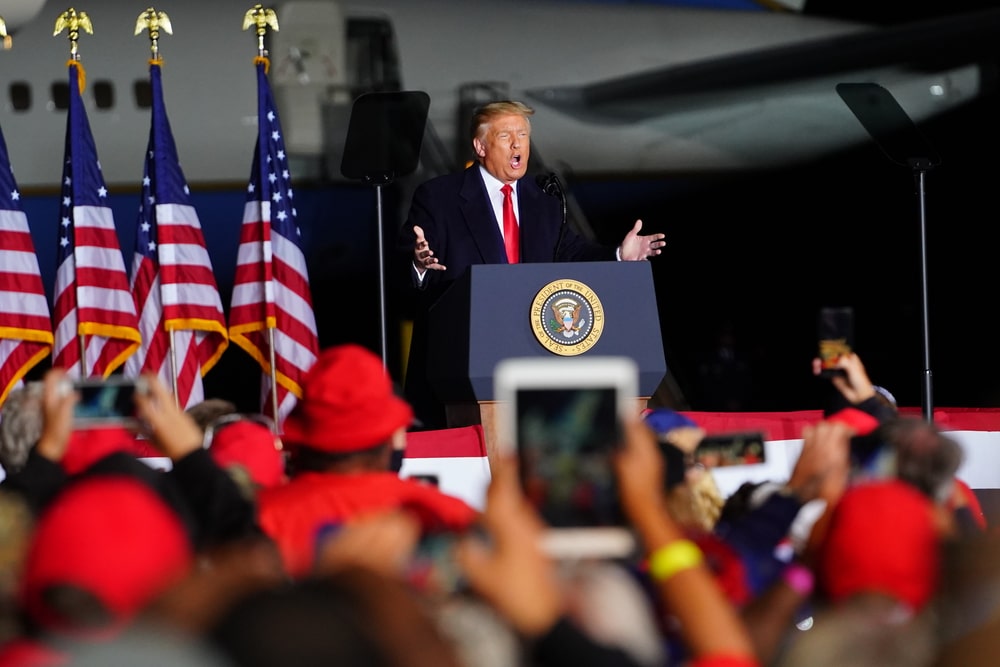Nevada’s upcoming Republican presidential primary and caucuses present a unique and potentially confusing scenario. While the primary is state-run, the caucuses are party-run, with different rules and candidates. Here’s a breakdown of how this dual system came to be and what it means for the GOP nomination.
Legislative Changes: Following past issues with caucuses, Nevada lawmakers enacted a law in 2021 mandating primaries when multiple candidates are on the ballot. This move aimed to streamline the nomination process and increase participation.
Loopholes and Party Influence: Despite the primary requirement, the law left room for parties to determine delegate allocation methods. Intense lobbying from former President Trump influenced Nevada GOP leaders to favor caucuses over primaries.
Caucus Dynamics: To compete in the caucuses, candidates had to meet strict criteria, including a significant participation fee and exclusion from primary ballots. Trump’s decision to run in the caucuses aligns with the rules tailored to support his candidacy.
Primary Dynamics: In contrast, the primary ballot includes candidates like Nikki Haley, not participating in the caucuses. However, the option to vote for “none of these candidates” introduces uncertainty into the primary outcome.
Nevada’s dual nomination process reflects the intricacies of party politics and the influence of key figures like Trump. While the caucuses seem poised to favor Trump, the primary outcome remains uncertain. Ultimately, the results will shape the trajectory of the Republican presidential race.
Source: Adapted from The Washington Post



